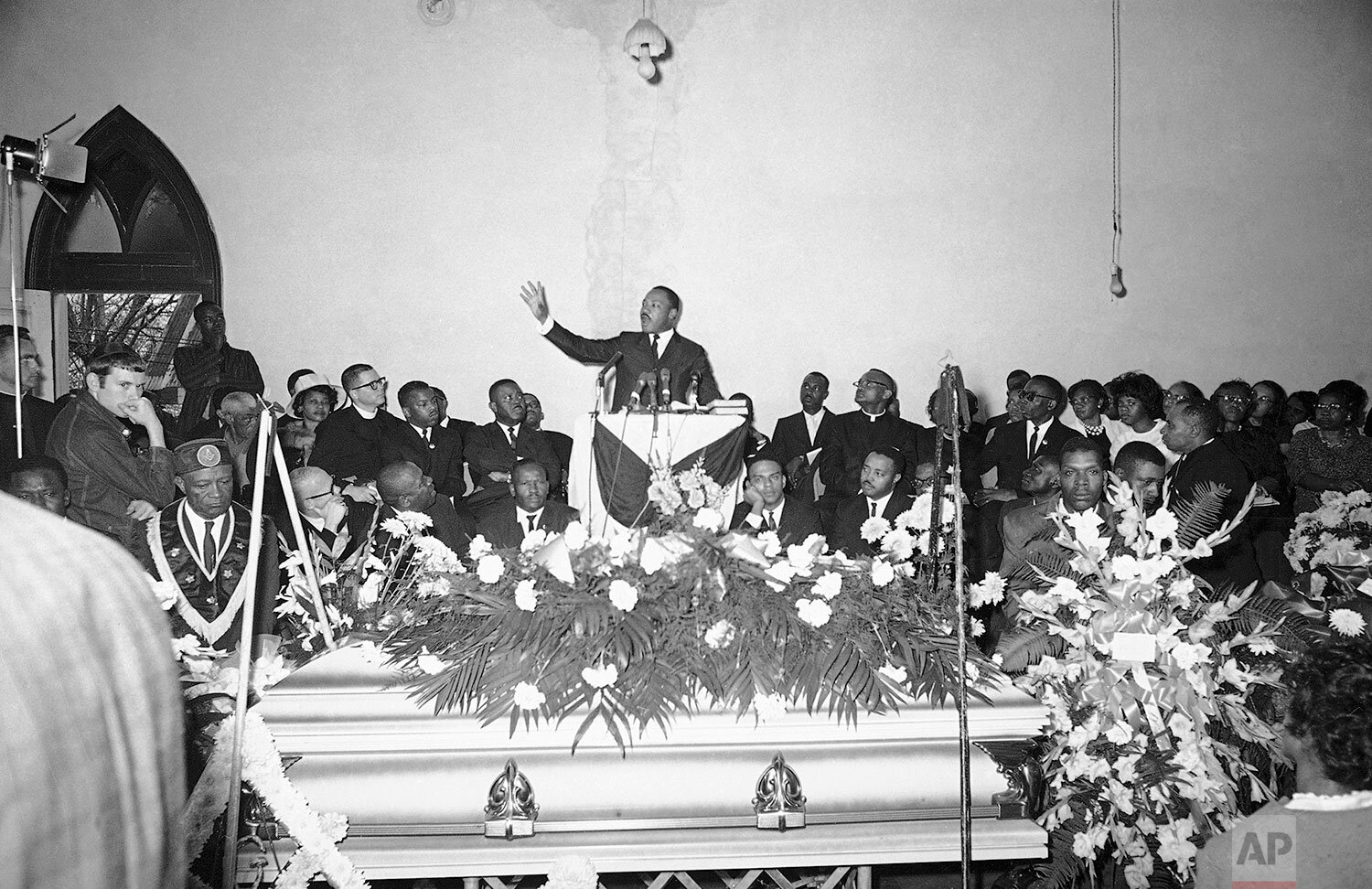Selma 1965: Marches and Bloody Sunday violence led to Voting Rights Act

Two weeks before Bloody Sunday — the clash in Selma on March 7, 1965, that helped propel passage of the Voting Rights Act of 1965 — there was a march in small town Marion, 30 miles away.
The protest in Marion was sparked by the arrest of a minister who was leading efforts to register black people to vote. It ended with the fatal shooting of a 26-year-old black church deacon, Jimmie Lee Jackson, by a state trooper.
What happened in Marion is now a less-familiar episode in the civil rights movement, a footnote in the textbooks. But the blood spilled here would send hundreds of people from Marion and the surrounding county to Selma and the Edmund Pettus Bridge, where history was made.
The TV footage and other images from that day shocked the country and helped lead to the landmark federal law protecting the right of African Americans to vote.
In this March 22, 1965 photo, a boy waves from a porch as marchers led by Dr. Martin Luther King leave their camp near Selma, Ala., to resume their voters rights protest march headed to the state capitol in Montgomery, Ala. (AP Photo)
Text from the AP story The road to Bloody Sunday began 30 miles away by Gary Fields.
























